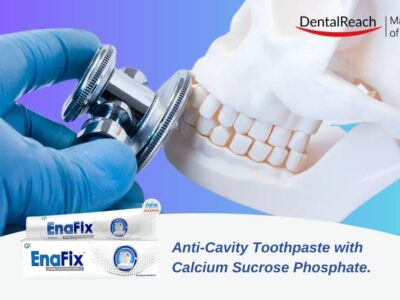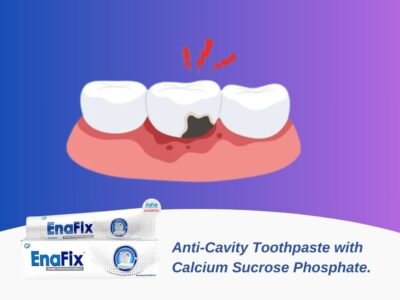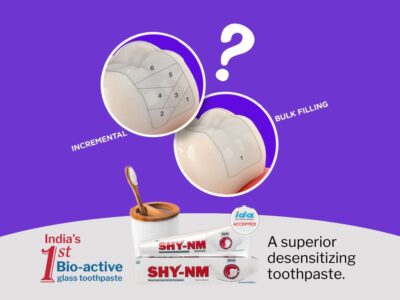A recent study published in the International Journal of Clinical Pediatric Dentistry has examined the biocompatibility of newly formulated materials for use as root canal filling agents in deciduous teeth. The research focused on assessing the compatibility of zinc oxide (ZO) combined with ajwain oil (A) and ajwain eugenol (E) in a 1:1 ratio against zinc oxide eugenol (ZOE) using an animal model.
The aim of the study was to investigate the biocompatibility of these newly formulated materials as potential alternatives to the commonly used zinc oxide eugenol in pediatric dentistry. The objectives were to evaluate the inflammatory tissue responses associated with the test materials and compare them with a negative control group.
To conduct the research, 24 albino rats were randomly selected and divided into three groups based on the test materials. Each rat had two polyethylene tubes (PETT) inserted into the connective tissues on the dorsal side: one empty tube as a negative control and another containing the test material. After 7 and 21 days, the animals were sacrificed, and the PETT tubes with surrounding connective tissues were excised for histopathological evaluations.
Histopathological examinations revealed that on the 7th day, all test materials showed an increase in polymorphonuclear cells compared to the negative control, indicating acute inflammation. However, the inflammation gradually subsided after 21 days. After this period, lymphocytes, fibroblasts, and capillaries increased for all the materials, suggesting chronic inflammation, healing, and repair.
The statistical analysis of the data was performed using non-parametric tests such as Kruskal–Wallis and Mann–Whitney U tests. The results indicated that the newly formulated materials demonstrated biocompatibility comparable to zinc oxide eugenol.
This research highlights the potential of the newly formulated materials, combining zinc oxide with ajwain oil and ajwain eugenol, as biocompatible options for root canal filling in deciduous teeth. The study’s findings contribute to the exploration of alternative materials that could improve the outcomes of pediatric dental treatments.
The authors of the study acknowledge the need for further research to validate the results and establish the long-term effects of these materials. However, these initial findings provide a promising direction for future investigations into the development of effective and biocompatible materials for pediatric dentistry.



















Comments